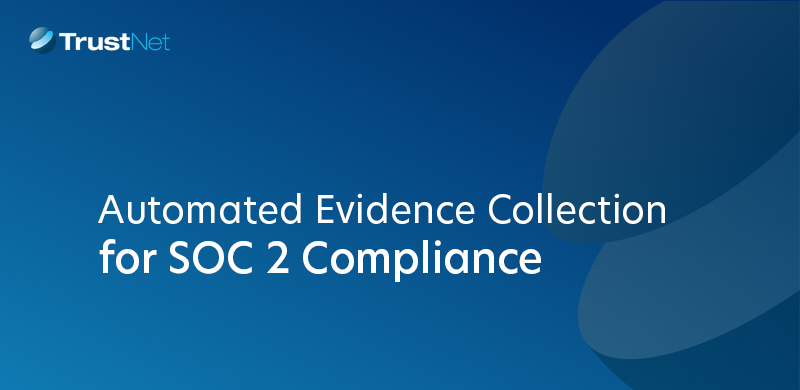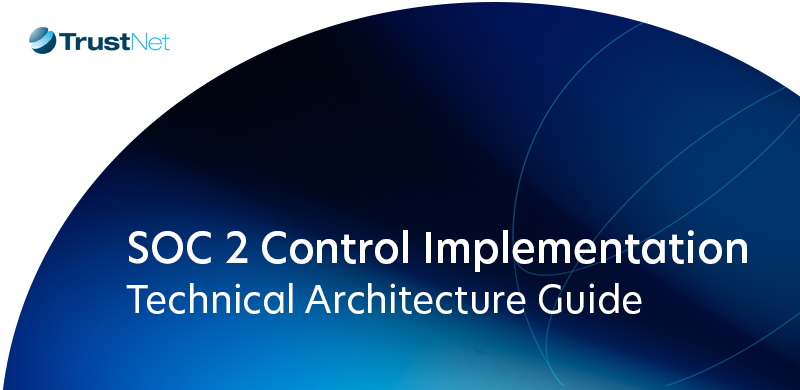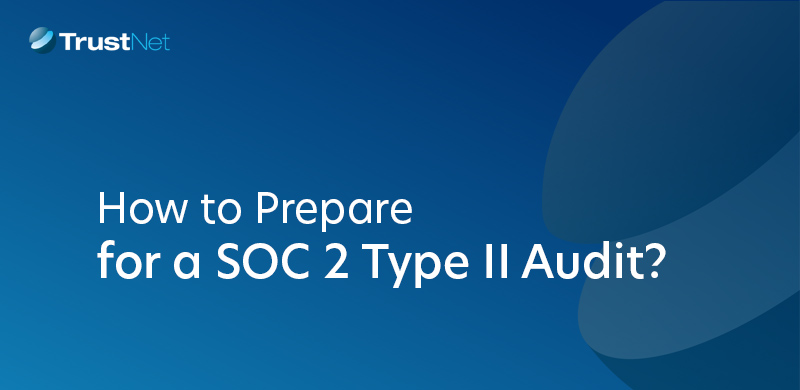Vulnerability Management: Identify & Mitigate Cyber Risks

In cybersecurity, vulnerability management is an essential procedure that focuses on finding, evaluating, and fixing flaws in your systems. If these vulnerabilities are not addressed, bad actors may leverage them to compromise critical data and disrupt operations. As a proactive security measure for IT assets, vulnerability management prioritizes and reduces threats.
What role does it play in cybersecurity?
-
- Continuous monitoring – It detects new threats as they emerge.
- Risk reduction – It minimizes the chances of exploitation by addressing weak points early.
- Compliance support – Helps organizations meet industry security standards.
A strong vulnerability management process is about staying ahead of attackers. It protects your organization’s data, reputation, and operational stability. With cyber threats evolving rapidly, this proactive approach is a vital component in building a resilient and trustworthy cybersecurity framework.
What is Vulnerability Management?
So, how does the vulnerability management process work exactly?
Vulnerability management isn’t a one-time task — it’s continuous. Here’s how it unfolds step by step:
-
- Identification – Detecting vulnerabilities starts with scanning systems and networks. These tools help uncover misconfigured systems, outdated software, and other weak points.
- Assessment – Factors like exploitability, threat level, and the potential impact on business operations are considered here. For instance, a flaw in a critical server that could expose customer data would rank higher than one affecting a non-essential system.
- Prioritization – This step ranks vulnerabilities by severity so teams can address the most critical issues first. For example, vulnerabilities with a known exploit in the wild would take precedence over low-risk weaknesses.
- Remediation – Once prioritized, mitigation strategies are implemented. These may include applying software patches, reconfiguring settings, or disabling unnecessary services. For example, a patch might fix a zero-day vulnerability, while a secure configuration could prevent unauthorized access to an application.
- Monitoring and validation – After remediation, follow-up scans ensure the vulnerabilities have been resolved. This step also involves monitoring systems for new issues. Continuous use of scanning tools keeps the organization aware of emerging threats and their security posture.
Learn more about our cybersecurity and compliance services. Contact our experts today
Key Benefits of Effective Vulnerability Management
The key benefits of effective vulnerability management include:
1) Risk Mitigation
An effective vulnerability management program minimizes your organization’s attack surface. Patching critical software flaws, for instance, safeguards private information and keeps company operations from being disrupted. As hackers have fewer options when the attack surface is smaller, your IT environment remains in check.
2) Compliance and Regulatory Requirements
Many compliance guidelines, such as GDPR, HIPAA, or ISO 27001, mandate organizations to actively manage and address vulnerabilities. Proactively resolving these gaps helps you avoid penalties, build trust with stakeholders, and demonstrate a commitment to data protection practices.
3) Enhanced Security Posture
Through ongoing monitoring and enhancement, vulnerability management fortifies your whole security architecture. You create a more robust infrastructure by methodically managing risks and adjusting to new threats. In the long run, this proactive strategy not only protects your assets but also gives partners, customers, and staff trust in your capacity to manage cybersecurity issues.
Ultimately, vulnerability management transforms a reactive approach into a proactive strategy, safeguarding systems while helping businesses stay resilient in a complex threat landscape.
Implementation Strategies
Effectively implementing a vulnerability management program requires planning and alignment with broader cybersecurity goals. Here’s how to set up a successful system that works for your organization.
Best Practices for Deployment
-
- Establish clear goals – Define what success looks like for your program, such as reducing critical vulnerabilities by a specific percentage or meeting compliance standards.
- Use the right tools—Choose scanning and assessment tools suited to your infrastructure. Choose tools tailored to large enterprises or smaller setups.
- Automate where possible – Reduce manual effort by automating routine tasks like vulnerability scans and patch deployments.
- Educate your team – Train staff to recognize vulnerabilities and follow secure practices, ensuring the program runs efficiently.
Steps to Build a Successful Vulnerability Management Program
-
- Conduct a baseline assessment – Start by scanning your systems to map existing vulnerabilities. This provides a starting point for improvements.
- Create an asset inventory – Identify and categorize systems, software, and devices to prioritize protection based on criticality.
- Develop a response plan – Outline what actions to take for vulnerabilities of different severity levels, ensuring rapid and effective remediation.
- Monitor continuously – Treat vulnerability management as an ongoing process rather than a one-time project, adapting as new threats and technologies arise.
Integration with Other Security Measures
Vulnerability management cannot work in isolation. Aligning it with broader security strategies strengthens its effectiveness. For example:
-
- Incident response – Prioritize vulnerabilities that could be exploited in active attacks.
- Threat intelligence – Use global threat data to understand which vulnerabilities are most likely to be targeted.
- Patch management – Ensure integration with existing systems to streamline updates and reduce delays.
By embedding vulnerability management into your cybersecurity framework, you create a cohesive defense system that works seamlessly to protect your organization from risks while maintaining operational integrity.
Challenges in Vulnerability Management
Addressing these obstacles ensures a successful and effective vulnerability management program.
Common Obstacles
– Resource limitations
Many organizations, especially smaller ones, face budget and staffing constraints. Without sufficient tools, skilled personnel, or time, it can be difficult to maintain a proactive vulnerability management system.
– Prioritization issues
Not all vulnerabilities pose the same level of risk, but deciding which ones to focus on can be overwhelming. For example, teams often struggle when faced with thousands of flagged vulnerabilities, each with varying severity levels. Improper prioritization can lead to delays in addressing critical threats.
– Evolving threats
The field of cybersecurity is constantly evolving, with new attack techniques and vulnerabilities appearing nearly every day. For IT teams currently handling daily operations, staying ahead of these risks requires constant vigilance, which may be a difficult task.
Addressing Challenges
Organizations can adopt strategies to confront these hurdles and strengthen their vulnerability management efforts:
– Invest in scalable tools
Use vulnerability management solutions that fit your budget and can grow with your organization. Tools with automation features help save time and ensure consistent scans and updates.
– Prioritize using risk-based assessment
Categorize vulnerabilities based on the context of your environment. For example, prioritize vulnerabilities that can cause data breaches or interfere with essential operations. Utilizing threat intelligence might also help focus on vulnerabilities that are most likely to be exploited.
– Improve team training
Equip your team with the skills to detect, analyze, and address vulnerabilities. Training programs emphasize actionable skills, such as interpreting scan results and implementing mitigation strategies effectively.
– Regularly update your processes
Establish a feedback loop to evaluate and refine your vulnerability management program. Staying adaptable ensures you keep pace with evolving threats and technologies.
Future Trends in Vulnerability Management
As innovations influence how businesses approach security, vulnerability management is growing. Technological advancements, especially in artificial intelligence (AI) and machine learning (ML), are revolutionizing vulnerability management.
1. Automated threat detection
AI-driven tools can analyze vast amounts of data to identify new vulnerabilities faster than traditional methods. For example, machine learning models can predict potential risks by recognizing patterns and anomalies, allowing teams to focus on high-priority threats.
2. Improved decision-making
By offering practical insights, machine learning algorithms aid in risk assessment. These tools can evaluate a vulnerability’s impact, determine whether it may be exploited, and suggest countermeasures in real-time.
3. Dynamic vulnerability scans
AI-powered solutions offer continuous monitoring and adaptive scanning. Unlike static tools, these systems improve alongside emerging threats, ensuring organizations remain protected against the latest attack methods.
4. Risk-Based Approaches
Another key trend is the shift toward risk-based vulnerability management. Instead of treating all vulnerabilities equally, this approach emphasizes real-world risk assessments to prioritize effectively.
5. Contextual prioritization
Risk-based methods go beyond severity scores to consider the specific environment of an organization. For instance, a moderate vulnerability in a highly sensitive system might be ranked higher than a severe one in a low-impact area.
6. Time-sensitive responses
By focusing on vulnerabilities actively exploited in the wild, teams can allocate their time and resources more effectively. This minimizes wasted effort and reduces exposure to critical threats.
7. Regulatory alignment
Risk-based approaches also help align vulnerability management programs with compliance frameworks. Many regulations now call for contextual threat assessments, making this shift strategic and necessary.
Overall, the future of vulnerability management is defined by intelligence and precision. These innovations pave the way for more proactive, efficient, and resilient security strategies.
Strengthening Your Security with Vulnerability Management
Throughout this article, we’ve highlighted the key steps, benefits, and solutions for adopting a robust vulnerability management program. Here’s a brief recap of why it matters:
-
- Risk mitigation – Identifying and resolving vulnerabilities reduces your attack surface and lowers the chances of exploitation.
- Proactive defense – A forward-thinking approach helps address vulnerabilities before they’re weaponized by attackers.
- Compliance readiness – Meeting industry regulations and standards protect you from legal and reputational risks.
- Continuous improvement – Integrating advanced tools and adopting risk-based prioritization ensures long-term adaptability to evolving threats.
Implementing these strategies can fortify organizations’ defenses and foster trust among clients, partners, and stakeholders. Furthermore, partnering with TrustNet gives you access to cutting-edge tools, expert guidance, and a tailored strategy for an effective vulnerability management program.
Start building a stronger, more secure future today. Contact our expert team at TrustNet and take the first step towards enhanced cybersecurity.
Subscribe to the TrustNet Newsletter
actionable cybersecurity strategies, and TrustNet’s cutting-edge solutions.




